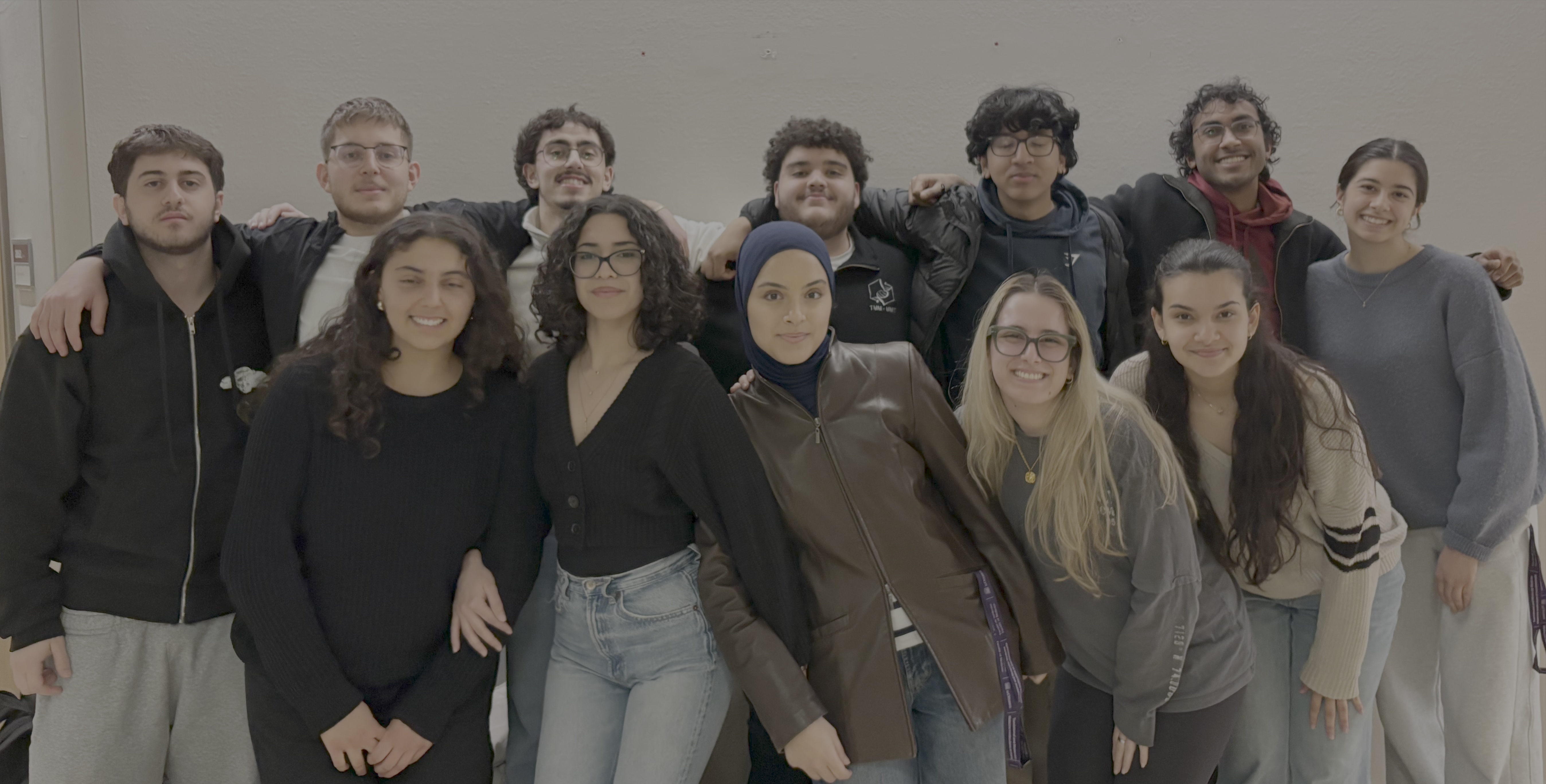Below is a summary of the abstract you submitted. Presenting author(s) is shown in bold.
If any changes need to be made, you can modify the abstract or change the authors.
You can also download a .docx version of this abstract.
If there are any problems, please email Dan at dar78@pitt.edu and he'll take care of them!
This abstract was last modified on April 14, 2025 at 12:35 a.m..

Bacteriophages, viruses that infect and kill bacteria, are essential players in microbial ecosystems and valuable tools for understanding bacterial defense mechanisms. Microbacterium foliorum an aerobic Actinobacterium species commonly found in environments such as grass phyllospheres, ripened cheese, and soil—serves as a host to a variety of bacteriophages.
Novel bacteriophages PastaFagioli and Olympi were isolated in Ottawa, Canada, and identified to infect M. foliorum. PastaFagioli is a lytic Siphoviridae phage with a genome size of 42,242 bp and a GC content of 66.2%, encoding 70 predicted genes, 53% of which were annotated to have a function, and a tRNA. Olympi, also a Siphoviridae phage, has a genome of 42,179 bp with a GC content of 66.6% and approximately 62 genes, 50% of which were annotated to have a function. Both phages belong to cluster E and are further divided into subclusters EB and EJ in PastaFagioli and Olympi, respectively. Comparative dot plot analysis confirmed high genomic similarity within cluster E phages while illustrating distinct genetic differences between PastaFagioli and Olympi that separate them within the cluster.
Genome DNA modification is a method that phages utilize to confer resistance to bacterial restriction enzymes, acting as an innate immune system. Virtual digests were constructed from genomic sequences and suggest that both PastaFagioli and Olympi may contain adenine/thymine DNA modifications. The presence of thymidylate kinase, thymidylate synthase and dihydrofolate reductase genes in PastaFagioli suggest possible thymidine modifications. Olympi encodes a possible PurA-like adenylosuccinate synthetase which is needed to create 2-amino-adenine (Z-DNA), which has been shown to block DNA digestion of enzymes that contain an adenine in their recognition site.
PastaFagioli lacks an annotated holin gene and using AlphaFold3 we explored whether genes with transmembrane domains near the lysin could assemble into a pore. A predicted structure resembling a holin pore is found when we multimerize copies of gp25, suggesting it may be a holin in this phage.
Bioinformatic analysis was used to assess geographical differences in Actinobacteriophage diversity. We have found there is no correlation between the geographical distance of a phage's isolation site and overall genome similarity. Additionally, latitude and the presence of gene functions related to ultraviolet light and DNA repair also had no significant correlation, where the highest Pearson R scores reached only 0.4. The observed lack of correlation in both analyses suggests that geographical location and environmental factors may not strongly influence the distribution of bacteriophage genomic traits, highlighting the widespread diversity of these organisms.

